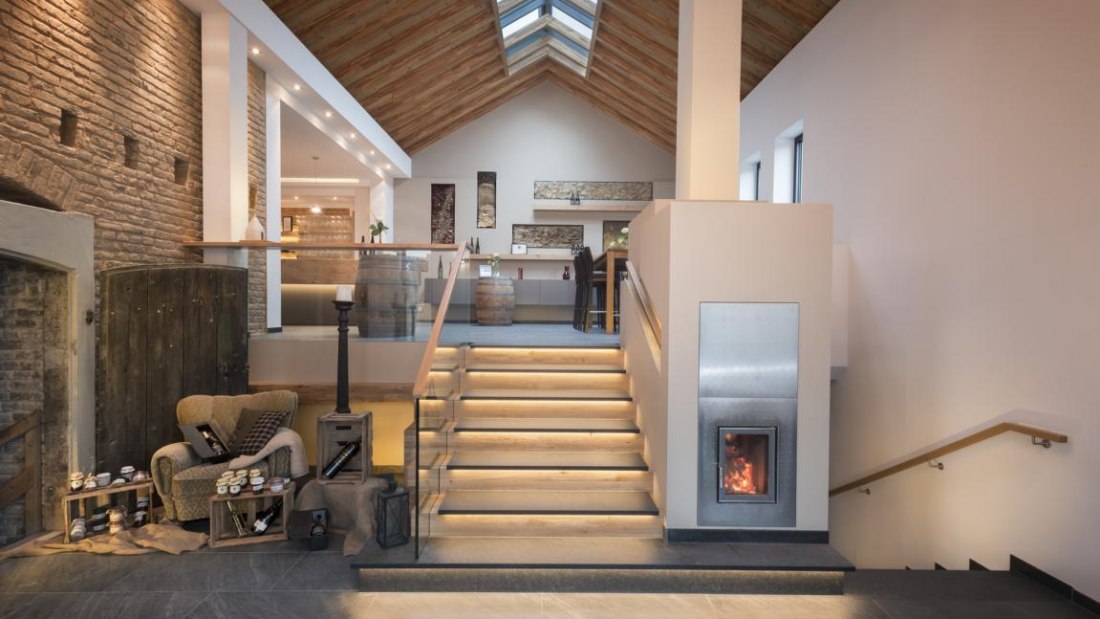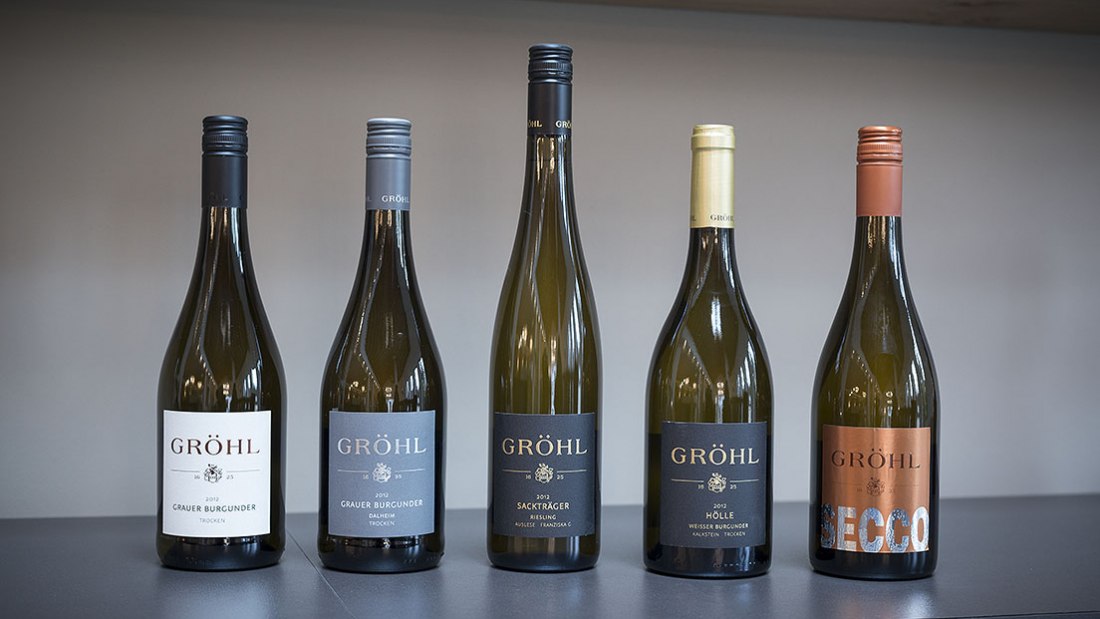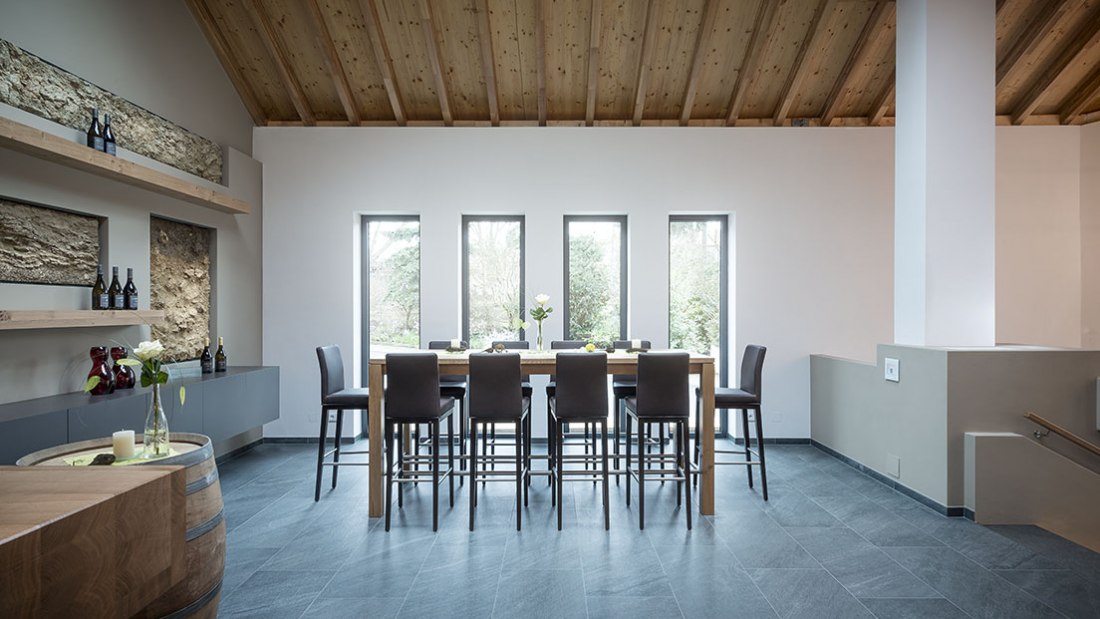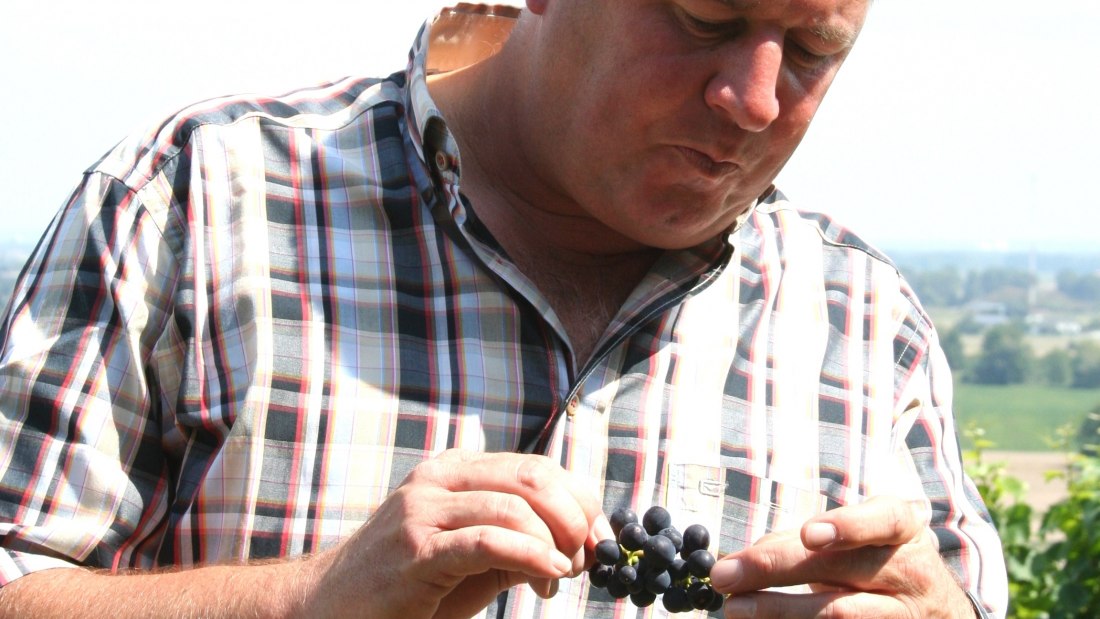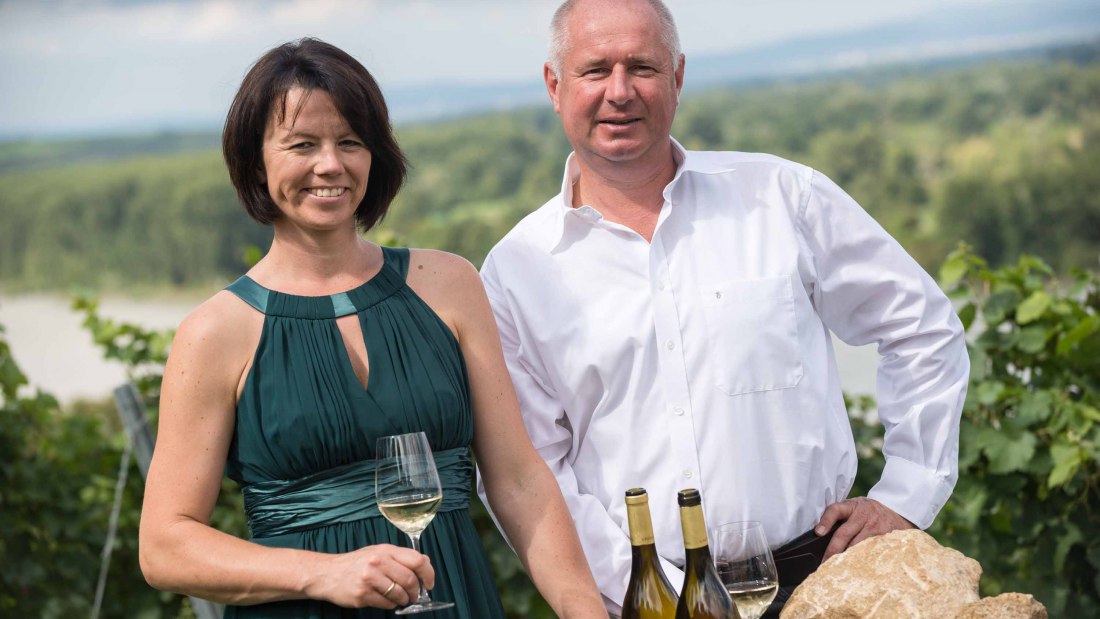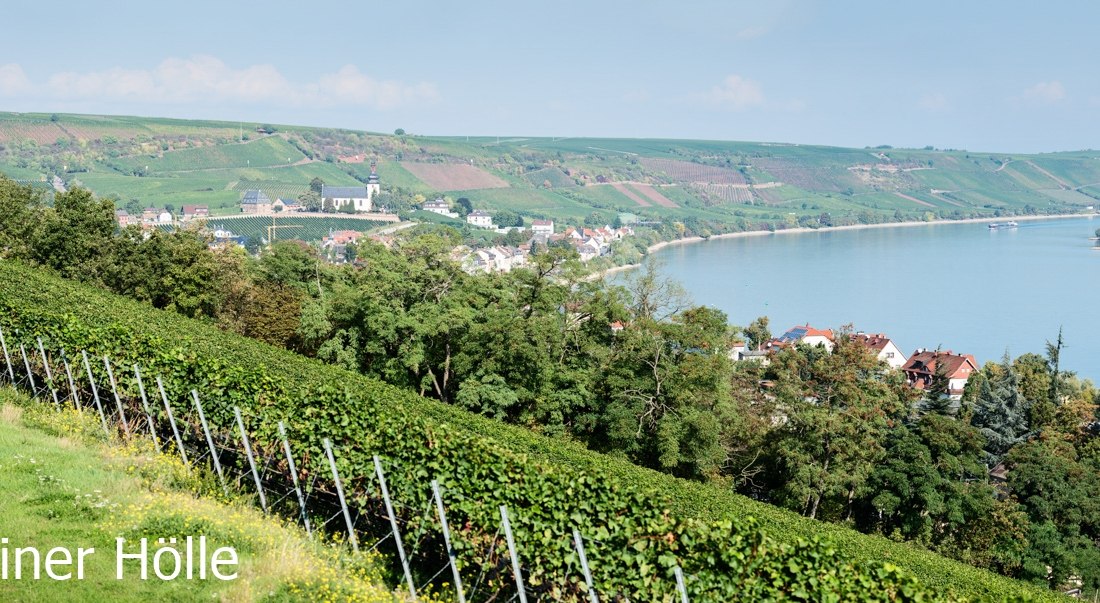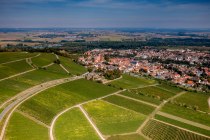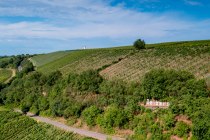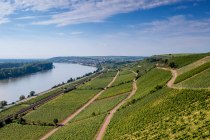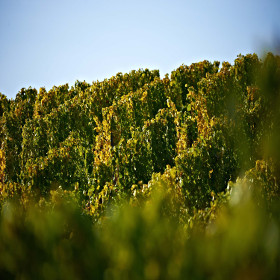Winery Eckehart Gröhl
Best vineyards from Weinolsheim to Nierstein and Oppenheim am Rhein. The result: terroir-embossed, characterful wines with a lot of minerality. Since 2015 always outstanding results for our Rieslings at "Best of Riesling".
1st + 3rd place Vinum German Red Wine Award 2018, 2nd place Vinum Riesling-Champion 2018, 2.5 stars Eichelmann, 2 grapes Gault & Millau, 3.5 F The gourmet
On the estate German and English is spoken.




